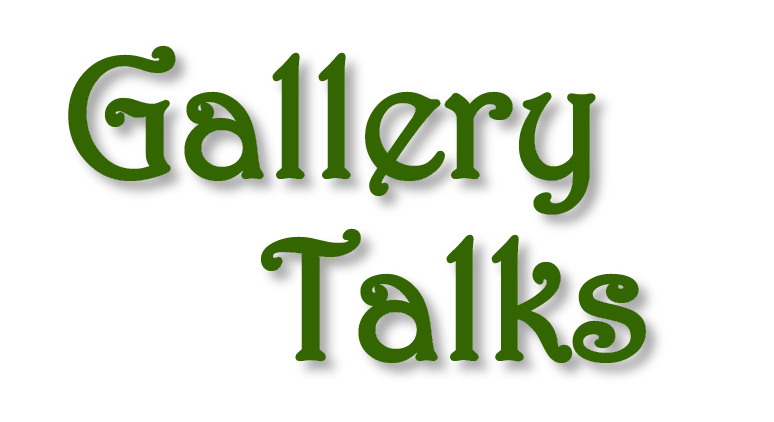Dulwich Picture Gallery boasts one of the finest smaller collections of Old Masters in the world, full of household names and hidden gems, spanning the 16th to 19th centuries. The series of talks follows the European countries and periods included in this rich kaleidoscope of paintings.
| DP01 | Italian Renaissance, Baroque & Rococo 16th - 18th centuries Raphael, Piero di Cosimo, Vasari, Veronese, Canaletto Read More » Italian painting in the Renaissance and Baroque eras, the 16th & 17th centuries, was primarily created for the purpose of Christian worship. The dominance of the Catholic Church in Italian art of this period is evident in the predominance of religious subjects in paintings telling Bible stories and focusing on the lives of the saints. Taking inspiration from classical antiquity, Renaissance artists such as Raphael and Veronese revolutionised the realistic depiction of the human figure, whilst Baroque painters, including Guido Reni, encouraged an emotional response with their portrayals of expressive saints and dramatic use of light. Rococo describes the lighter, more decorative and festive art more often painted for domestic settings by artists such as Tiepolo and Canaletto during the 18th century. |
| DP02 | Dutch & Flemish Masters 17th Century Rembrandt, Dou, Cuyp, Hobbema, Rubens, Van Dyck Read More » Dutch painters of the Golden Age, in the 17th century, such as Rembrandt and Dou, created small scale pictures for a domestic market, established by the new prosperous urban middle class living in an independent, Protestant republic. Concentrating on landscape, domestic interiors and portraiture rather than religious subject matter, a sense national pride and daily life is captured in many of these highly detailed paintings. In contrast, the Flemish lived under Spanish Catholic rule and artists including Rubens worked for the Spanish crown and the Catholic Church, producing large scale public religious works and decorative schemes. Van Dyck worked extensively in Flanders, Italy and England and his portraits, which aimed to flatter and reveal the true character of his sitters, were the most sought after in Europe. |
| DP03 | Spanish & French Masters 17th & 18th Centuries Murillo, Poussin, Claude, Watteau, Fragonard Read More » French classical landscape was invented by Poussin and Claude, whilst sketching together in the countryside around Rome, observing and recording the effects of nature and composing paintings which ‘improved’ nature and illustrated stories from classical literature for erudite patrons. French Rococo painters of the 18th century, such as Watteau, portrayed elegantly dressed fashionable Parisian society at their leisure, dancing and flirting in idealised garden settings in ‘fete-galante’ pictures for private art connoisseurs. Working in the service of the Catholic Church in 17th century Seville, the Spanish artist Murillo’s religious paintings are profoundly spiritual, whilst his charming scenes of childhood and the ordinary inhabitants of his native city possess a truthfulness and intense rendering of feeling. |
| DP04 | British Portraiture 17th & 18th Centuries Hogarth, Gainsborough, Reynolds, Lely, Lawrence Read More » British patrons of the Restoration and Georgian periods had a strong preference for filling their rooms with portraits, hence the large number of portraits represented in the British art collection at Dulwich. During the 17th century, painting was dominated by foreign artists including Lely and Kneller from Germany, although significant native artists such as Mary Beale and Hogarth did much to raise the status of British art. Elegant 18th century high society was immortalised in woodland settings with a lightness and brilliance of touch by Gainsborough as well as by Reynolds whose grand and aspirational portraits aimed to match the achievements of the old masters. Lawrence’s natural gift for capturing a likeness in his sophisticated and striking portraits extended to include that of the inner life of his sitters. |






